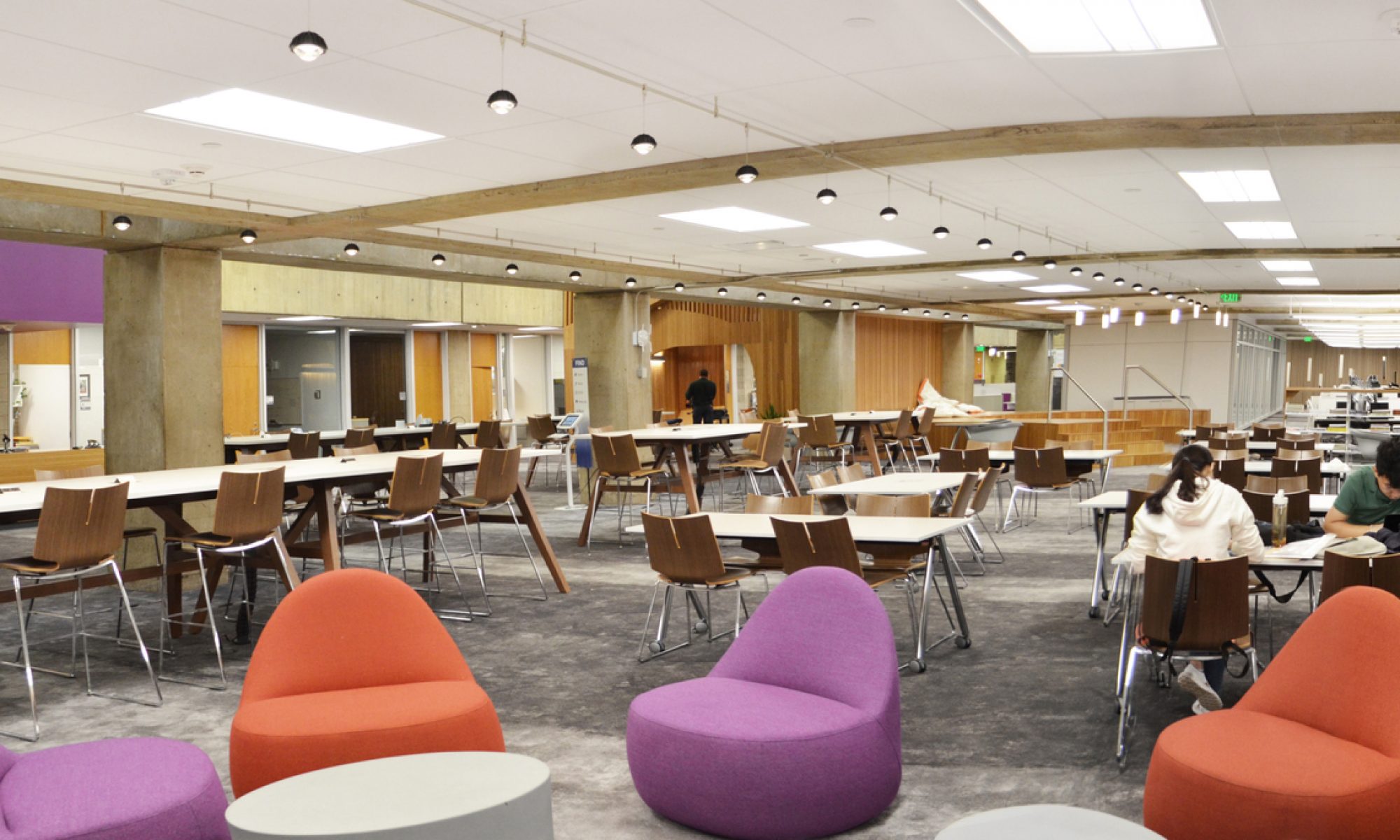I made a great amount of progress this week that I’m super happy about.
First off, the chair sensor is much more reliable now. We lowered the resistance from 30MΩ to 20MΩ and also attached the module breadboard underneath the chair to avoid changes in wire positions. The values being output from the CapSense library have a large change now when someone sits in the chair and stands up and we can easily detect changes now. I also added a baseline average computation to the code upon startup so that the range of values for emptiness isn’t static, but dynamic upon startup.
We got our other Xbee modules this week so we wired up a second chair module. I was able to configure the other Xbee onto the same network as our original chair module and data hub and we were able to get two chair modules sending updates to the single data hub. This verifies our proof of concept of having multiple chairs send updates to a single data hub.
The 2000 mAh LiPo batteries arrived this week as well. The batteries operate at 3.7V and upon plugging them into the RAW input of the Arduino which feed into a built-in voltage regulator, the Arduino performed as if it was plugged into the wall. The battery supplied enough current for the Arduino and to power the Xbee. We were also worried that the grounding of the capacitive sensor would be messed up by using a battery instead of power from a laptop, but the sensor performed the same. We were happy to get the chair modules running off of battery power, we just now need to see how low we can get the current draw and then estimate how long the batteries will last.
This next week I intend to write more Arduino code to put the Arduino to sleep and cut power consumption wherever we can. Without going into sleep the Arduino draws about 2mA continuously which will result in the 2000 mAh battery being depleted in around 4 days. By cutting the power through going to sleep, I think we can drastically reduce the average current consumption and extend the battery life significantly. I also want to finish up our testing and then get started on our final presentation.
I am definitely on schedule now and am looking forward to grinding out the rest of the project. We have our major components working now and now we just need to test and focus a bit more on the frontend of the website. We should be ready for the final presentation next week.
